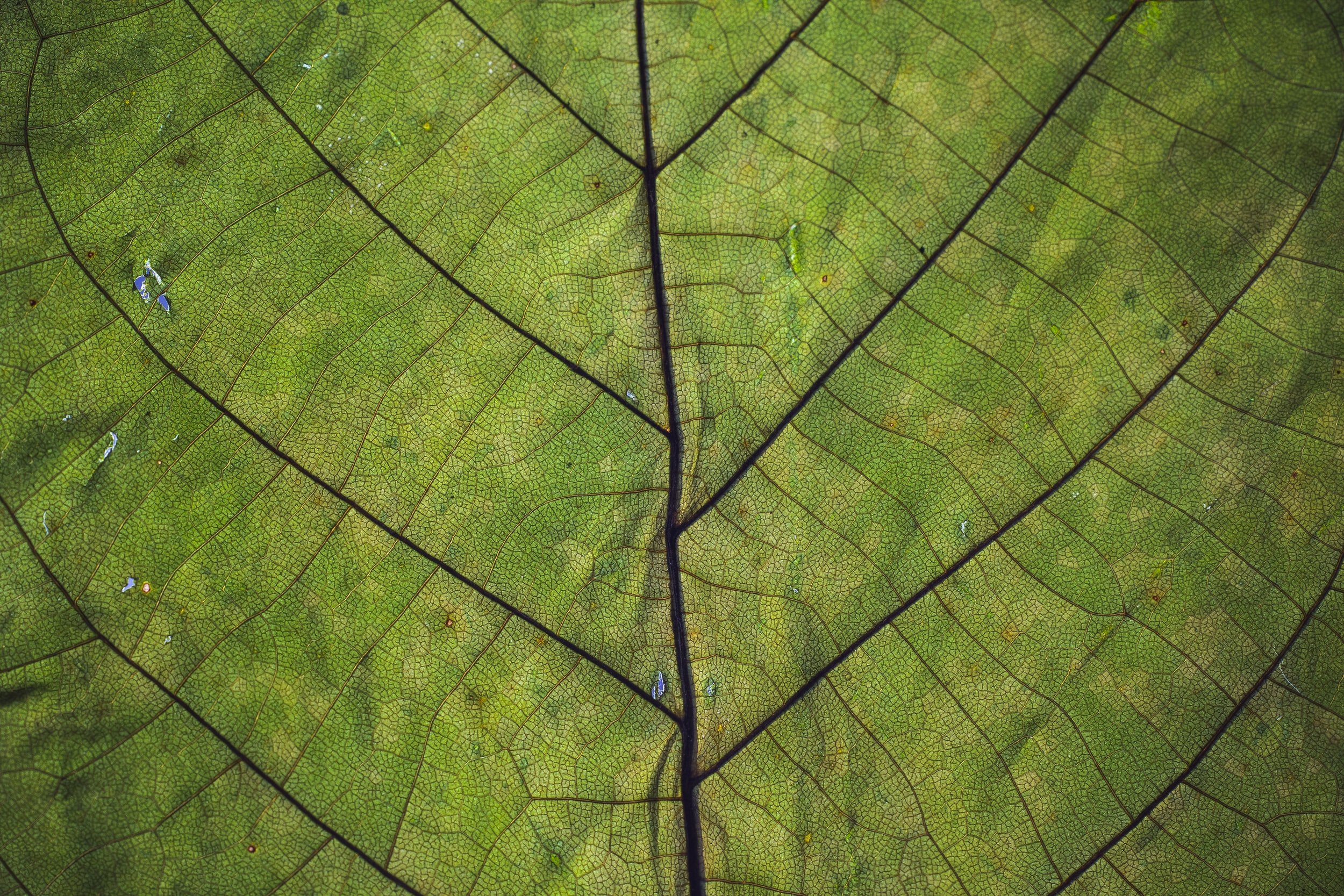
Expressive Therapies Continuum
The Expressive Therapies Continuum works with the notion that art materials hold therapeutic qualities and benefits. We can use these materials as interventions for specific outcomes or to progress therapy.
Providing direction to the creative process instead of commanding a specific outcome allows the therapist to further the therapeutic effects. This helps therapy to be within “a developmental sequence for information processing and image formations” (L.D. Hinz, 2009, Expressive Therapies Continuum: A Framework for using Art in Therapy).
Displayed below are the 4 levels of understanding expression and the possibilities for the application of art materials to meet the client’s needs and challenges.
A snapshot of the continuum:
Kinesthetic – Sensory: Words are not required and it is often preverbal. It encumbers movement and rhythm, and is tactile and sensual to help form internal images. The materials, such as clay, make direct contact with the hands, and the focus is sensory and movement.
Perceptual – Affective: May or may not require words and images begin to take on form. However, the focus is expression of emotion rather than form. Here materials range from fluidity to resistive, such as watercolour to oil pastels or pencils.
Cognitive – Symbolic: Increases verbalising and the information processing becomes more complex. Organisation and planning is required within greater conceptualisation. Materials here are often picture collages and construction.
The Creative Function: The fusion of many components that make up the artistic experience. This is “the synthesis of inner experience and outer reality, synthesis of the individual and the media utilized and the synthesis between the different experiential and express components of the Expressive Therapies Continuum” (L.D. Hinz, 2009, Expressive Therapies Continuum: A Framework for Using Art in Therapy, pp. 169–170).
The Expressive Therapies Continuum considers left and right brain function and the method of processing information as part of its theory. An artwork or process may begin at any level and move up or across the continuum at any time. An example may be from clay to symbolism, which begins in the right brain and completes in the left.

